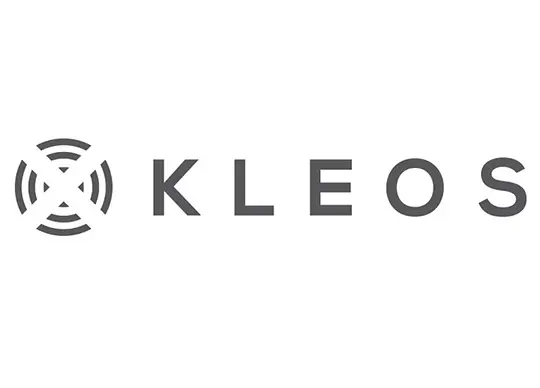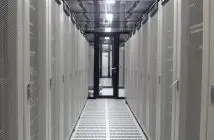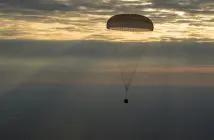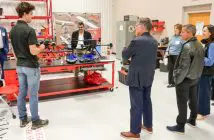
Kleos Space has announced it has been awarded a stage one contract from the National Reconnaissance Office (NRO) as part of its Strategic Commercial Enhancements Broad Agency Announcement (SCE BAA) Framework.
The NRO is responsible for maintaining global vigilance in times of peace and war. It develops, acquires, launches, and operates innovative space-based surveillance and reconnaissance systems that collect and deliver intelligence to enhance US national security.
After a multiple-phase proposal process, Kleos was awarded the stage one contract which focuses on the analysis, modeling, and simulation of Kleos’ capabilities to support the US Government’s current and future commercial radio frequency (RF) reconnaissance needs. The NRO’s SCE BAA framework continuously evaluates new and emerging reconnaissance capabilities and providers.
Under the project, Kleos will provide insights into how to optimize evolving commercial RF geolocation capability to enhance and augment existing capabilities in a persistent, resilient, cost-effective manner that is also easily shareable across the US Government, and with international partners and allies.
Follow-on stages will emphasize tasking, data collection and direct delivery of data to end-users. This contract will allow Kleos to support US Government defense, intelligence and law enforcement missions, thanks to the integration of its data within the NRO’s capabilities.
Kleos’ Chief Revenue Officer, Eric von Eckartsberg said, “We are very proud to receive this contract with the NRO, and to start our projected journey to growth with RF Earth Observation data, which imagery companies have been enjoying for many years.”
“This study project represents a significant opportunity for Kleos to help the NRO assess the operational and decision-making usefulness of commercial RF GEOINT and understanding how our unique data set can be leveraged and fused with the NRO’s operational capabilities, through a combination of modeling
and simulation, and analysis of collected data from our growing constellation of satellite clusters.”
“Our four satellites per cluster constellation has significant operational benefits, including increased resilience and risk reduction compared to systems with fewer satellites. It enables us to collect additional radio frequencies within each band and accurately detect transmissions even when the tracking or positional system has been disabled or turned off. Our independent intelligence data can be used to validate or tip and cue other commercial datasets to enhance situational awareness.”





